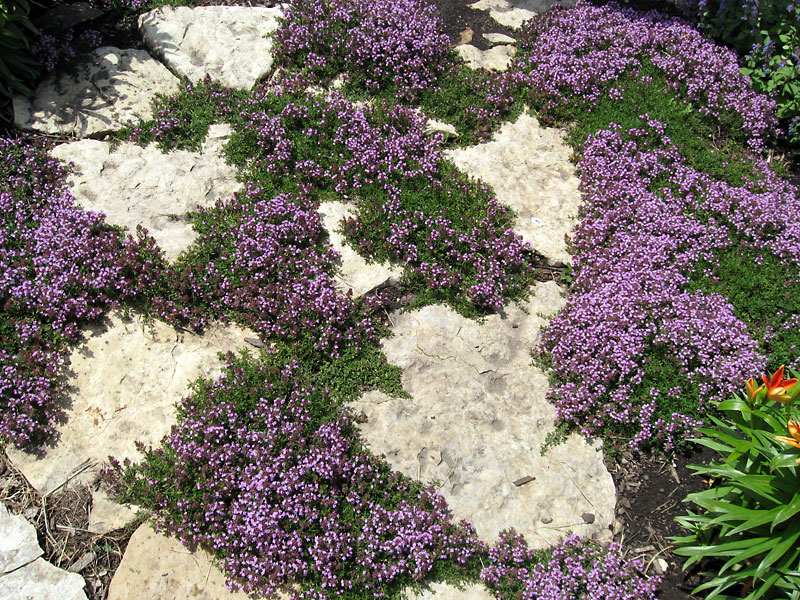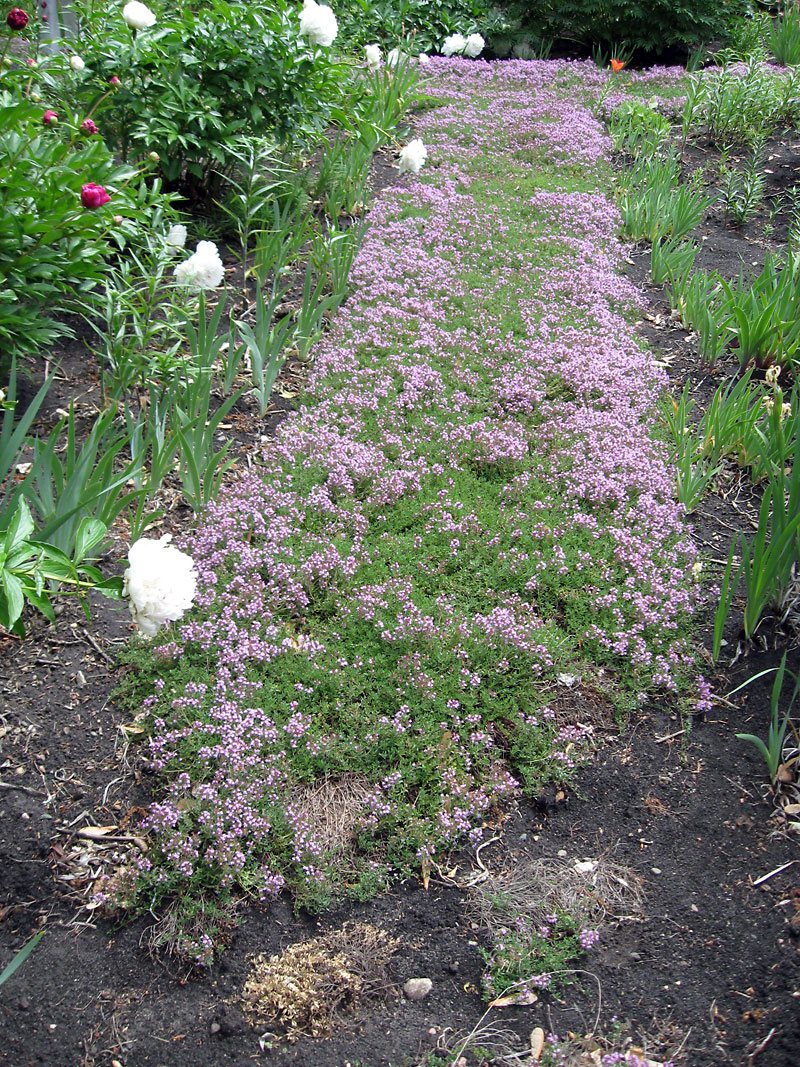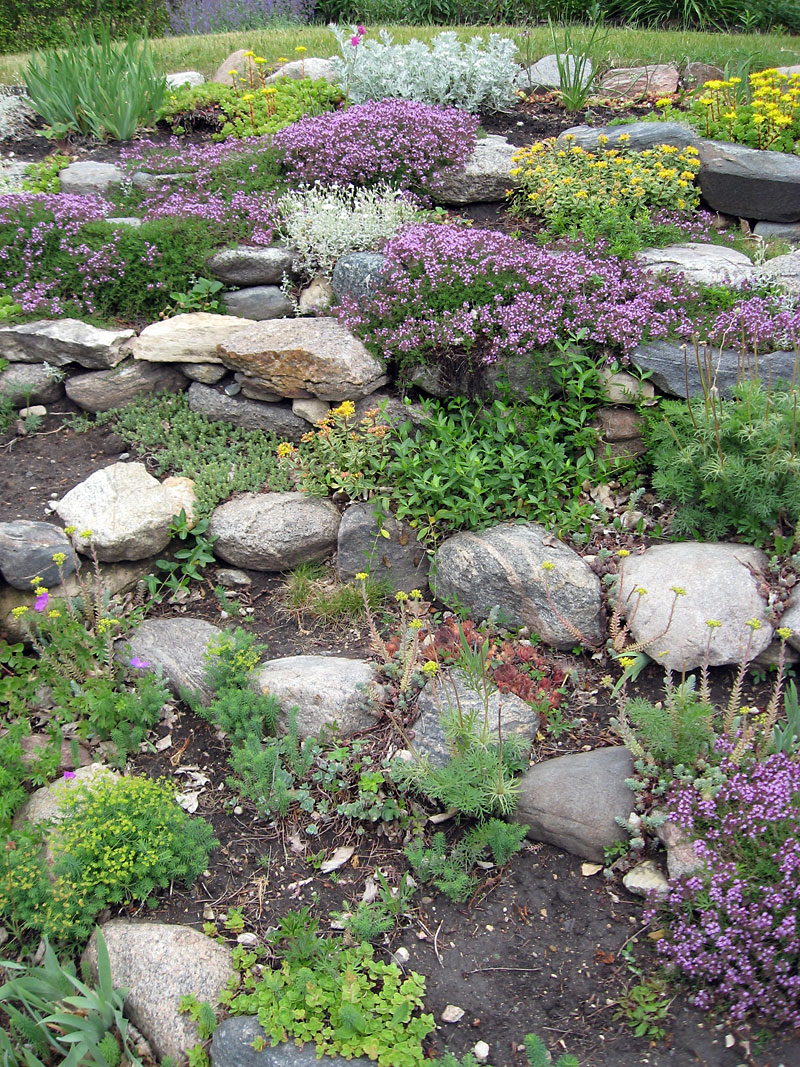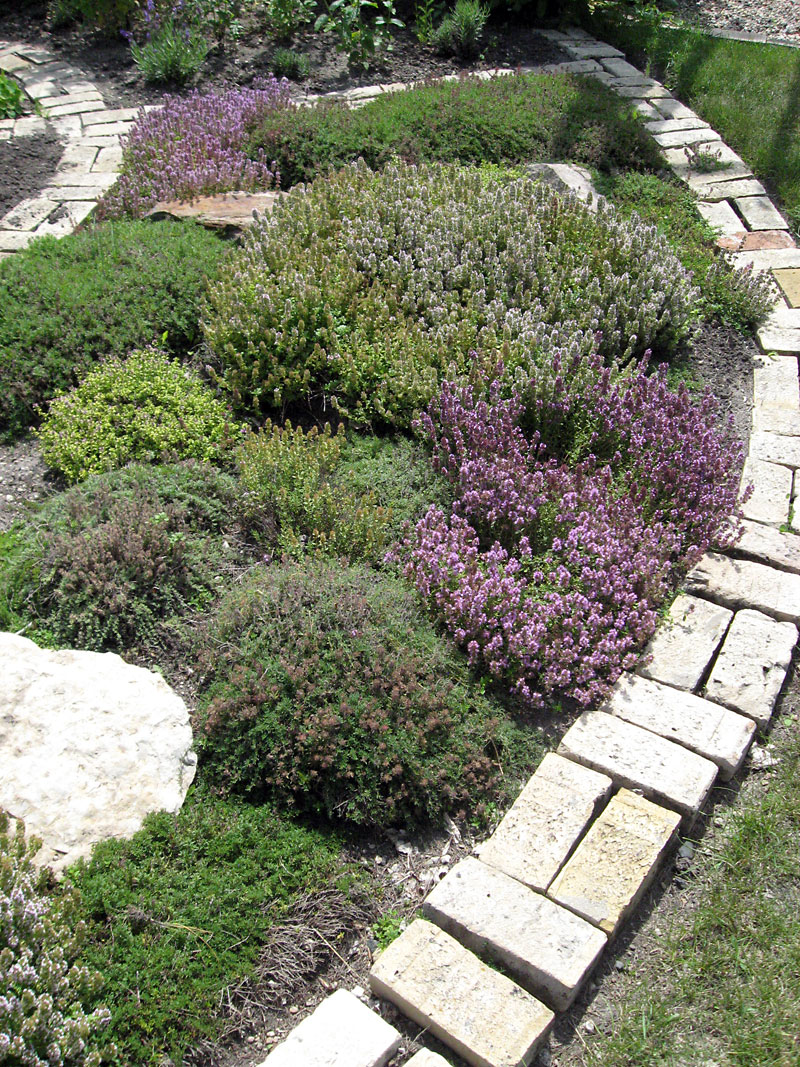Gone Gardenin’ – Now is the time to add fragrant thyme to your garden
Advertisement
Read this article for free:
or
Already have an account? Log in here »
We need your support!
Local journalism needs your support!
As we navigate through unprecedented times, our journalists are working harder than ever to bring you the latest local updates to keep you safe and informed.
Now, more than ever, we need your support.
Starting at $15.99 plus taxes every four weeks you can access your Brandon Sun online and full access to all content as it appears on our website.
Subscribe Nowor call circulation directly at (204) 727-0527.
Your pledge helps to ensure we provide the news that matters most to your community!
To continue reading, please subscribe:
Add Brandon Sun access to your Free Press subscription for only an additional
$1 for the first 4 weeks*
*Your next subscription payment will increase by $1.00 and you will be charged $20.00 plus GST for four weeks. After four weeks, your payment will increase to $24.00 plus GST every four weeks.
Read unlimited articles for free today:
or
Already have an account? Log in here »
Hey there, time traveller!
This article was published 31/05/2012 (4937 days ago), so information in it may no longer be current.
Some plants are so basic to my garden and so pervasive in the landscape that I often take them for granted. These plants are used everywhere in the garden to act as ground covers in difficult spots, in containers as fillers, in walkways, along rock walls, and wherever else that I stick them.
One such plant in my garden is thyme. My garden simply would not be the same without this versatile and easy-to-care-for plant; I cannot imagine my garden without it.
Luckily, there were several patches of creeping thyme in the garden when we bought our place about a dozen years ago. Until then I had not used thyme to any great extent in my previous gardens.

However, as I developed our current garden, I began to realize that I could incorporate this wonderful plant into my landscape — and I had lots of parent plants from which to establish new plants. Creeping thyme is very simple to propagate.
Thyme propagates when its creeping stems spread across the soil and put down roots. So it is easy to dig up bits of rooted plant to create new plants. Even unrooted sprigs, however, when planted in moist soil, will soon root to form new plants.
The first major use I made of thyme was as a groundcover in a newly planted shrub border. For several years the soil under the shrubs was carpeted by thyme, which put on a wondrous show of purple when it bloomed each spring.
These thyme plants have mostly disappeared — as the shrubs grew and created more shade, the thyme gradually died out. Thyme, like most herbs, requires lots of sun and cannot be grown successfully in shade.
Another use that I found for thyme was as part of a pathway; I had put down some flagstones to use as a pathway into the front flower bed, and in particular along the side of the bed where I had planted my hardy roses. Creeping thyme does not seem to object to light foot traffic.

I wanted easy access to the rose garden so that I could tend the roses, cut blooms when I wished, or simply walk along the path to enjoy the fragrance and admire the beauty of the roses. I planted thyme between the flagstones and soon the pathway was a mat of thyme with the flagstones barely visible.
The pleasant scent of crushed thyme leaves waft up as you walk on a thyme pathway which adds to its attraction. A flagstone pathway with thyme planted between the stones creates a romantic ambiance to the gardenscape.
I routinely use scissors to snip the thyme back so that some of the attractive flagstones can be appreciated. Creeping thyme is an aggressive plant that grows and spreads quickly, so I am not afraid to trim it back with scissors — I often use a spade if I think more drastic action is required and a patch of thyme has outgrown its allotted place.
Thyme is a great plant for those hot, dry spots where nothing else seems to flourish. It is very drought tolerant; in fact, thyme will not be happy if it is overwatered and must have good drainage.
Thyme is the perfect plant for a rock garden, where it can be tucked into spaces between rocks or allowed to meander over a slope. It also is often used along rock walls or retaining walls where it trails over the edge of the wall to soften the hardscape.

A chunk of thyme can be dug up in the spring and planted in a container — near the container’s edge so that the thyme will cascade over the edge of the container. It will do best if combined with plants that can be allowed to dry out somewhat between waterings.
Besides my creeping thyme I also have woolly thyme, which has a blue-grey cast. It behaves like the creeping thyme except that it is somewhat slower growing. Both it and creeping thyme are perfectly hardy perennials for our area.
There are many other thymes, such as lemon thyme, but they are tender perennials that do not often survive our winters. They are, however, good plants to include in containers during the growing season after which they can be potted up and wintered indoors.
Thyme has many uses in the landscape and it is both easy to care for and easy to propagate. Consider adding thyme to your garden this growing season. Isn’t it about thyme?
Albert Parsons is a consultant for garden design and landscaping who lives in Minnedosa.

» communitynews@brandonsun.com
